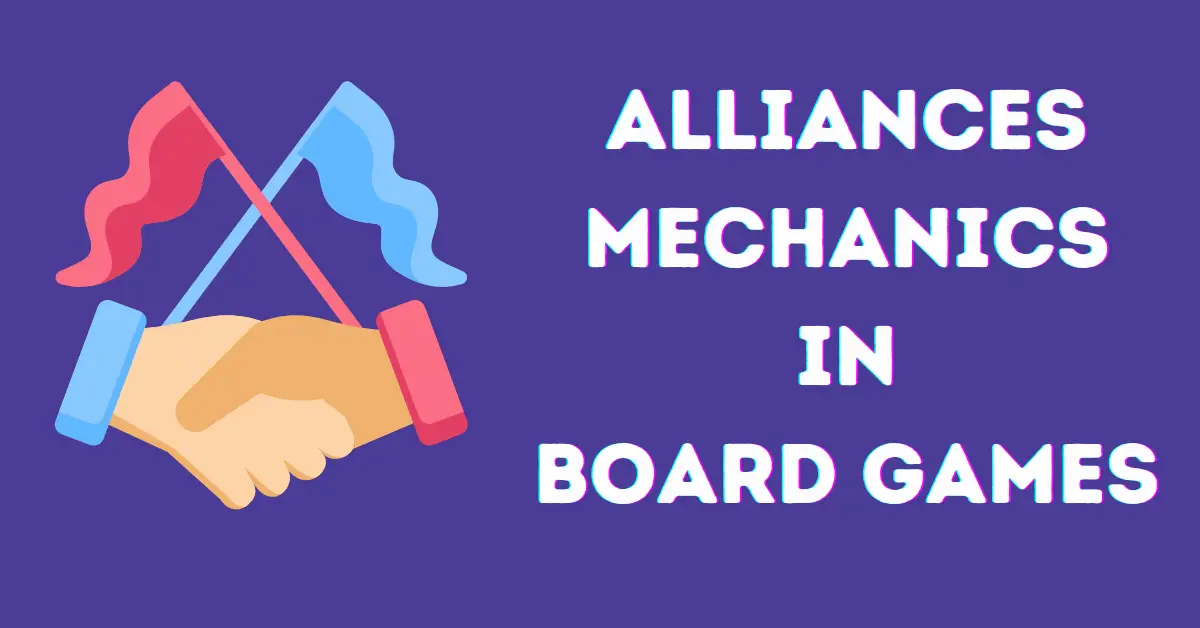The game mechanic “Alliances” involves players forming partnerships with each other to achieve mutual benefits, often to gain strategic advantage or to complete specific objectives. Alliances can be temporary or last throughout the game, and they often introduce complex layers of negotiation, betrayal, and cooperation into gameplay.
Key Characteristics of Alliances
- Mutual Benefit: Alliances are usually formed because each player stands to gain from the partnership, whether it’s resources, protection, or strategic positioning.
- Negotiation: Players often need to negotiate terms, discussing contributions and rewards. This demands communication skills, including bargaining, persuading, and sometimes bluffing.
- Temporary or Conditional: Many alliances don’t last for the entire game. They can be formed and dissolved as the game progresses, depending on changing conditions and shifting objectives.
- Betrayal and Trust: Trust plays a critical role in alliances. Betrayal can lead to dramatic shifts in gameplay and player dynamics, creating suspicion and mistrust.
- Strategic Depth: Alliances add a layer of strategic depth, as players must not only manage their resources and positions but also inter-player relationships.
Examples in Board Games
- Diplomacy: This classic game is perhaps the quintessential example of the alliances mechanic. Players represent European powers before World War I and must form and betray alliances to gain control of the continent. Alliances in Diplomacy are crucial and are often formed through negotiation and broken by betrayal, impacting the flow and outcome of the game.
- Game of Thrones: The Board Game: Inspired by the political intrigue of the series, this game involves forming temporary alliances to combat common threats or to gain tactical advantages. Players must constantly assess their alliances’ viability as the power balance shifts throughout the game.
- Dead of Winter: This game combines the alliance mechanic with a hidden traitor element. Players must work together to survive a harsh winter in a post-apocalyptic world, but since one or more players might secretly be working against the group, alliances are tense and fraught with suspicion.
In each of these examples, the mechanic of alliances fundamentally shapes player interaction and decision-making, highlighting its powerful role in the dynamics of board game design.
